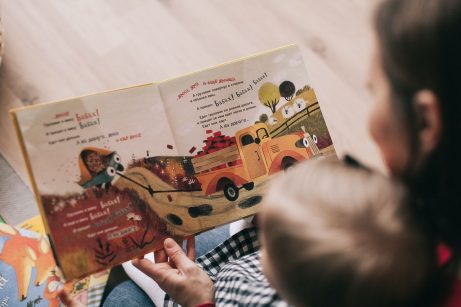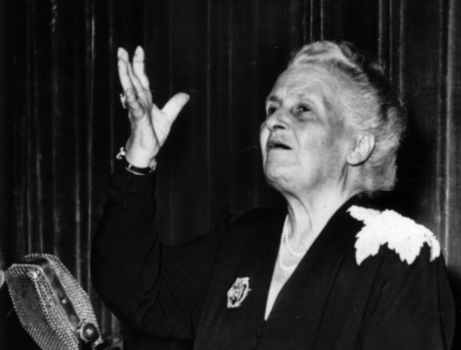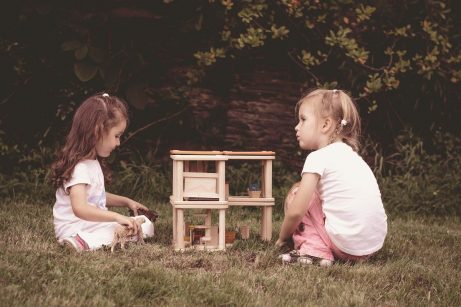Weathering Emotional Storms
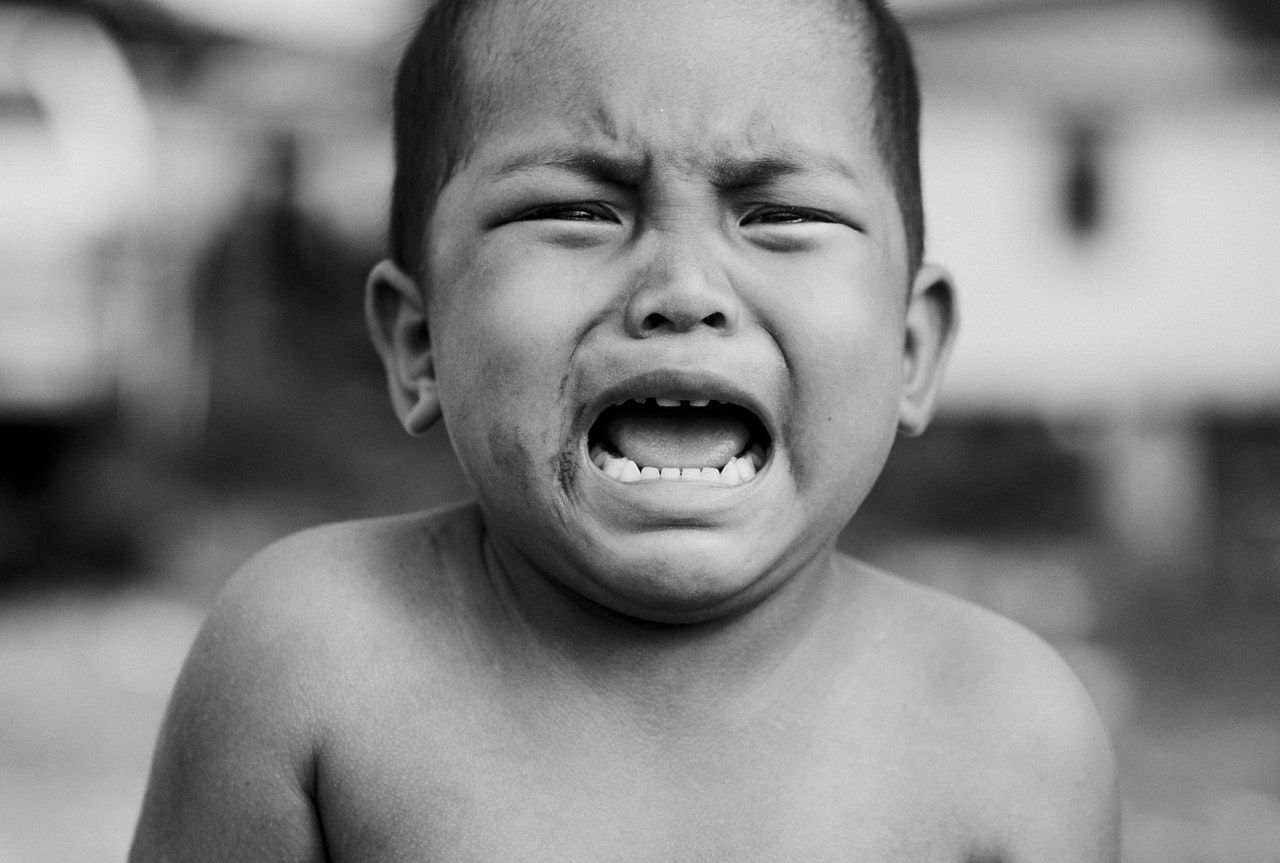
Screaming, stomping, angry tears and tantrums – no parent’s favourite thing, but a part of raising a child, nonetheless. What Montessori lessons can we apply to managing tumultuous emotions in a child?
This is the fourth in our series on communication, Speaking the Child’s Language.
1. Remembering our Role as Guides and Role Models
Outbursts of strong, negative emotions in the child are often extremely challenging and painful for the parent. We like to think that if we do our ‘job’ correctly, our child will be happy and free of anger, sadness and fear; however, these feelings are an inevitable part of the human experience. Just as we cannot avoid negative emotions, neither will our child. In fact it is an important part of childhood to learn how to manage, process and work through them. And as we know in Montessori – the only real way children have of learning is by living.
Emotional intelligence – the capacity to understand, control and express our emotions rather than be unwittingly controlled by them – is a learned ability and one we can support and encourage just like any other facet of development. Doing so just places a lot more demands on us as adults, as often a child’s outbursts are directed at us, or perhaps feel as an attack on our parenting (or teaching) ability. It is all too easy to respond with hurt and anger of our own.
In the Montessori tradition, we look to our habit of observation as a helpful tool. Once we commit to a moment of mindful observation and stillness before acting in heated situation, it might be easier to offer ourselves as a steady and calm assistant in helping the child weather their own storm.
Let’s also remind ourselves that a child is constantly looking to us as a role model: an example of the human being they are constructing themselves into. This includes our expression and handling of strong or negative emotion. Our first step then should be an honest look at ourselves to see if we are showing and modeling what we want the child to copy; and the second step, more likely than not, to address whatever we do that we do not want them to see. This also means openly admitting, acknowledging and apologizing to the child when we’ve acted out in anger, turning our missteps into a valuable learning opportunity about making mistakes and amends.
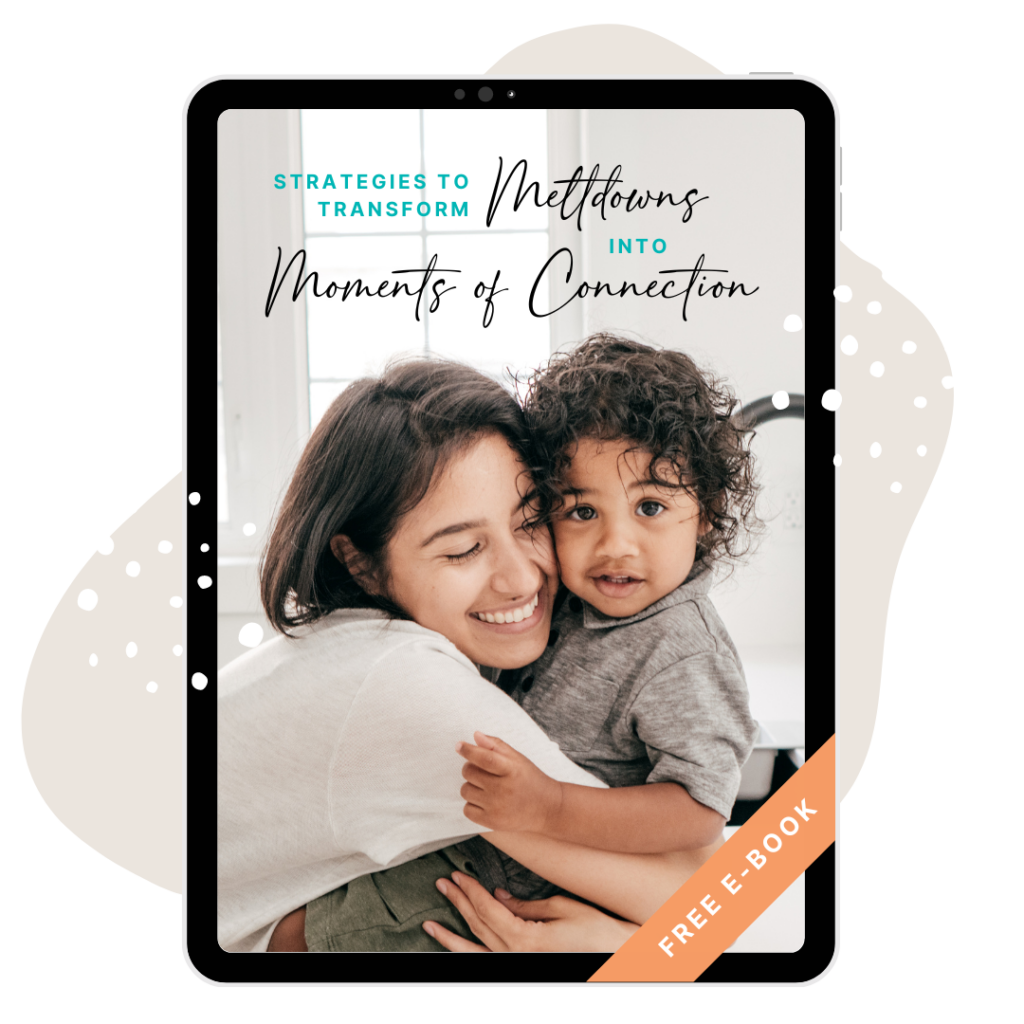
Discover practical, easy-to-implement strategies to gently navigate your child’s emotional outbursts, while maintaining your own sense of calm.
2. Accepting and Respecting the Whole Child
Respect and acceptance for the child means expressly acknowledging and honoring all of their feelings and emotions, even the so-called negative ones. This is crucial in helping a child to learn and internalize (or, as Dr. Montessori termed it, incarnate) that their inner value as a human being is immutable and independent of circumstance, that they are innately good, worthy of love and happiness.
Frustrations, anger, pain, grief and fear are all emotions that have their role in serving and protecting the human being. They are all natural and valid, and cannot be rejected, suppressed or erased (although attempts to do so can do much harm). They can, however, feel scary and overwhelming even to an adult. The first step in overcoming them is helping the child understand what they are feeling, and building a “toolbox” of actions they can take to deal with their feelings: from naming their emotions to suggesting helpful outlets.
As parents or caregivers, we must make a clear distinction between emotion and action. For example, feeling scared or angry is absolutely acceptable; destroying things or hurting others is absolutely not. Certain expressions of emotions are acceptable depending on circumstance and environment, like yelling out loud or stomping feet. It is a common mistake people make to reject their child’s negative feelings, or to prohibit their expression without offering an alternate way. Often, tantrums and outbursts are nothing more than an attempt to communicate – a clumsy, ineffective one, but the best the child has available.
3. Supporting Social and Emotional Development through Grace and Courtesy
An emotional outburst can often be linked to the “fight” response to some threat to the child, whether such threat is real or perceived (no matter what, if will feel real to the child). The first thing a child will usually need is to be reassured of their safety – physical, mental or emotional; with a young child, this can be a hug or physical closeness; with an older one, reassurance that we are here to talk things through and will love them and support them no matter what.
It is worth noting the common themes of each plane of development: the need for balanced security and exploration in the first years of life, the need for order and categorization in the Primary years, the passion for fairness and social justice in the second plane and finally, the social rebirth and search for identity in the adolescent years, coupled once again with a renewed yearning for security and belonging reminiscent of the toddler years. Understanding what insecurities and conflict touch the child deepest and threaten them the most can go a long way in responding kindly and effectively.
Only once the child has been soothed and their feeling of safety restored, can we appeal to their thinking and problem-solving capacities, or call on their empathy. It is important to do this work in the form of short, concrete lessons outside of the outbursts or conflicts as well as in its aftermath. Ideal tools include picture books and stories depicting themes that the family can discuss and link to their own experience, dolls with which to enact situations, candid discussions of people’s feelings, and concrete offerings of words and actions in which the child can appropriately and productively express themselves.
Some Montessori classrooms use ritualized conflict tools, such as the Peace Flower and other activities; they appeal to the Primary-aged child’s sense of order in setting clear steps to follow, and to their need for concrete, hands-on representations. More on those can be found in Sonnie McFarland’s book, Honoring the Light of the Child.
A Note on Physical Comfort
The human being is an integrated whole of the mental and the physical. This is very true of adults but even more so of small children, who often have little understanding, awareness or control over physical troubles such as hunger pangs and constipation, pains and aches, tiredness or dehydration. It is therefore worthwhile, when responding to a young child in emotional distress, to consider and attempt to see to their physical comfort as well. At the very least, such an effort can show them in action that they are loved and cared for.
The Use of Peace Corners
Many Montessori classrooms implement the use of a Peace Corner. The idea behind the peace corner is to provide a restful, gentle space that will help the child in regaining their emotional equilibrium before they can move onto conflict resolution. A very upset child can come to the peace corner and have a rest with a quiet activity, such as watching the glitter settle in a snow jar, or popping a whole sheet of bubble wrap. On the surface, this can be reminiscent of a “time-out”, but the attitude is quite different: instead of a place of punishment for an outburst, it is offered as a tool that the child can use. Children often learn to seek it out by themselves, without adult intervention, as they appreciate the private, quiet emotional space it provides. A Peace Corner can be very successfully implemented at home, often taking the shape of an emotionally warm, safe space such as a reading chair, or a private corner or nook where the child can “hide” away before they’re ready to interact.
Get more information
If you want to learn more about social emotional development of your child, you can go to one of our two courses: Montessori Beginnings for parents and teachers of children aged 0-3 and Parenting with Emotional Inteligence and love for children aged 0-12.
